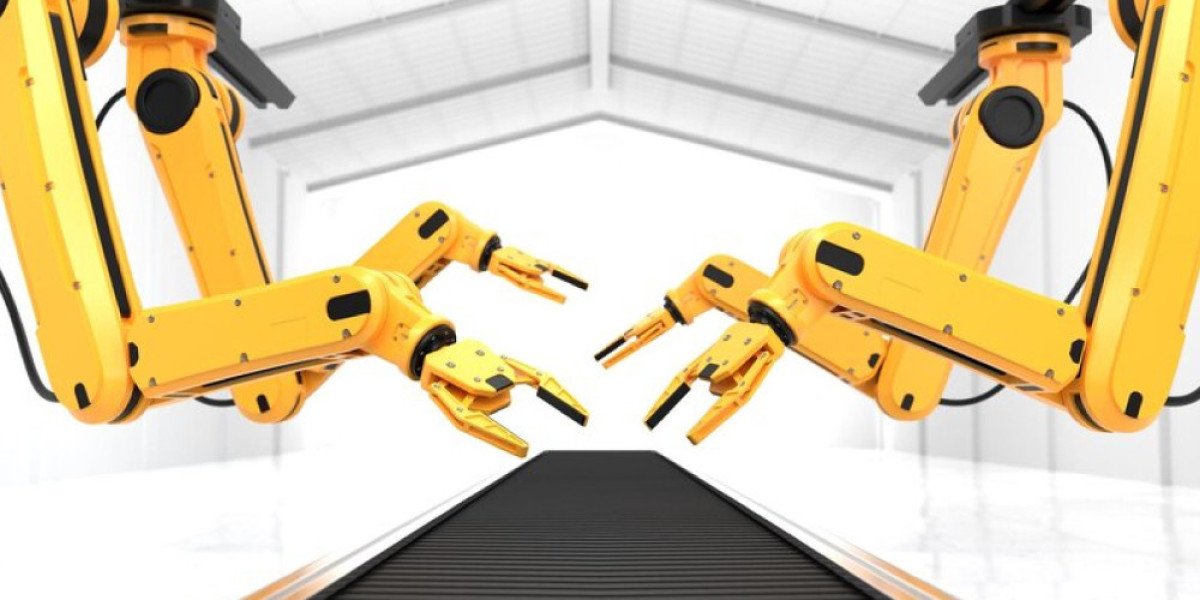As Per Market Research Future, the CNC Cutting Machines Market is witnessing significant growth driven by the increasing demand for precision in manufacturing processes across various industries. The rise of automation and the need for efficient production methods are propelling the adoption of CNC cutting machines. These machines offer enhanced accuracy, reduced waste, and improved productivity, making them essential in sectors like automotive, aerospace, and metal fabrication. As industries continue to innovate, the market for CNC cutting machines is expected to expand rapidly in the coming years.
The CNC cutting machines market has emerged as a cornerstone of modern manufacturing, driven by the growing need for precision, speed, and efficiency. CNC (Computer Numerical Control) cutting machines utilize advanced computer programming to control cutting tools with high accuracy, enabling manufacturers to produce complex shapes and designs with minimal human intervention. Over the past decade, industries such as automotive, aerospace, electronics, and construction have increasingly relied on CNC technology to reduce errors, improve productivity, and lower operational costs.
Market Overview
The global CNC cutting machines market has experienced steady growth due to technological advancements and rising demand for automation. These machines encompass a variety of systems, including laser cutting machines, waterjet cutting machines, plasma cutting machines, and milling machines, each catering to different industrial applications. The versatility of CNC technology allows manufacturers to handle diverse materials such as metals, plastics, and composites efficiently, contributing to its widespread adoption. Moreover, integration with CAD (Computer-Aided Design) and CAM (Computer-Aided Manufacturing) systems further streamlines production workflows, reducing lead times and enhancing quality control.
Key Drivers of Market Growth
Several factors are fueling the growth of the CNC cutting machines market. Firstly, the increasing demand for precision-engineered components in sectors like aerospace, automotive, and electronics drives investments in advanced cutting solutions. Manufacturers seek CNC machines to produce intricate components with tight tolerances that manual processes cannot achieve. Secondly, the rise of Industry 4.0 initiatives encourages automation and smart manufacturing, leading to higher adoption of CNC technology. Additionally, the availability of cost-effective machines and improved software solutions makes CNC cutting accessible to small and medium-sized enterprises, expanding the market base.
Technological Advancements
Technological innovation is a pivotal factor shaping the CNC cutting machines market. Advanced laser cutting machines, for example, offer high-speed cutting with minimal material wastage, while waterjet cutting machines allow for precise cutting of heat-sensitive materials. Moreover, multi-axis CNC machines enable complex 3D machining, enhancing design possibilities and product quality. Integration with IoT (Internet of Things) and AI (Artificial Intelligence) also enables predictive maintenance, real-time monitoring, and automated workflow adjustments, which optimize production efficiency and minimize downtime.
Regional Insights
The adoption of CNC cutting machines varies across regions, with North America and Europe being mature markets due to their established manufacturing industries and high automation levels. In contrast, the Asia-Pacific region is witnessing rapid growth, driven by industrialization, infrastructure development, and expanding automotive and electronics sectors. Emerging markets in Latin America and the Middle East are also showing potential as manufacturers modernize production facilities and invest in smart manufacturing technologies.
Challenges and Opportunities
Despite the market’s growth, challenges remain. High initial investment costs, maintenance requirements, and the need for skilled operators can be barriers for some businesses. However, opportunities lie in the development of affordable CNC solutions, compact machines suitable for smaller workshops, and training programs to bridge the skills gap. Companies focusing on research and development to offer energy-efficient, high-speed, and user-friendly machines can gain a competitive edge.
Future Outlook
The CNC cutting machines market is poised for continued growth as industries prioritize automation, precision, and cost-effectiveness. Demand for advanced materials and customized products will further boost the adoption of CNC technology. Manufacturers that integrate AI, IoT, and advanced software tools are likely to lead the market by offering innovative, high-performance solutions. Additionally, expansion in emerging markets will contribute to global growth, creating a competitive and dynamic industry landscape.
FAQs
Q1: What industries primarily use CNC cutting machines?
CNC cutting machines are widely used in automotive, aerospace, electronics, metal fabrication, and construction industries.
Q2: How do CNC machines improve production efficiency?
They reduce manual labor, minimize errors, enable high-speed operations, and allow precise cutting of complex designs.
Q3: What is the difference between laser and waterjet CNC cutting machines?
Laser cutting uses concentrated light beams for high-precision cuts, while waterjet cutting uses high-pressure water to cut materials without heat damage.









